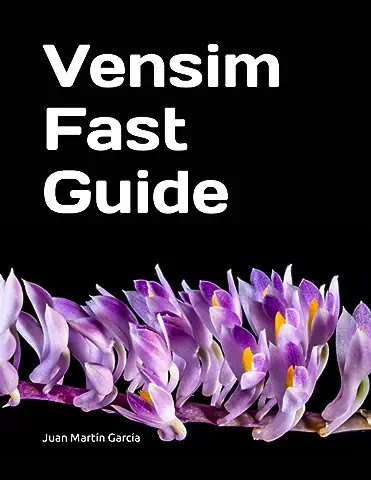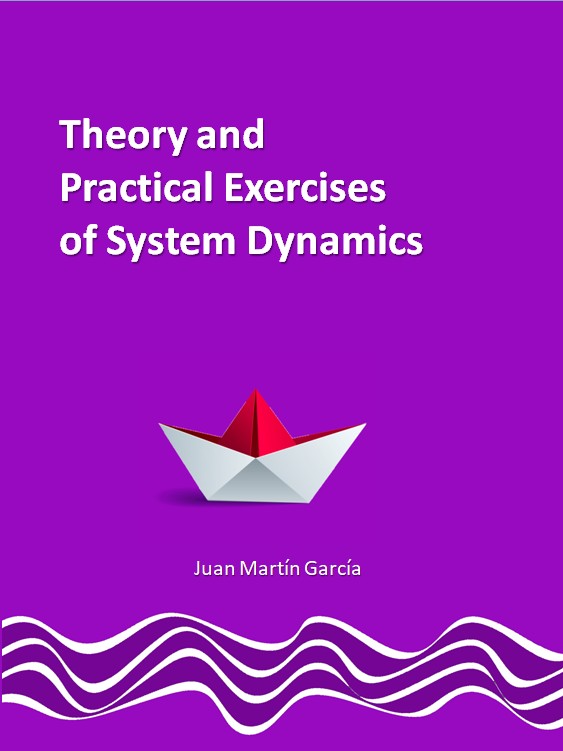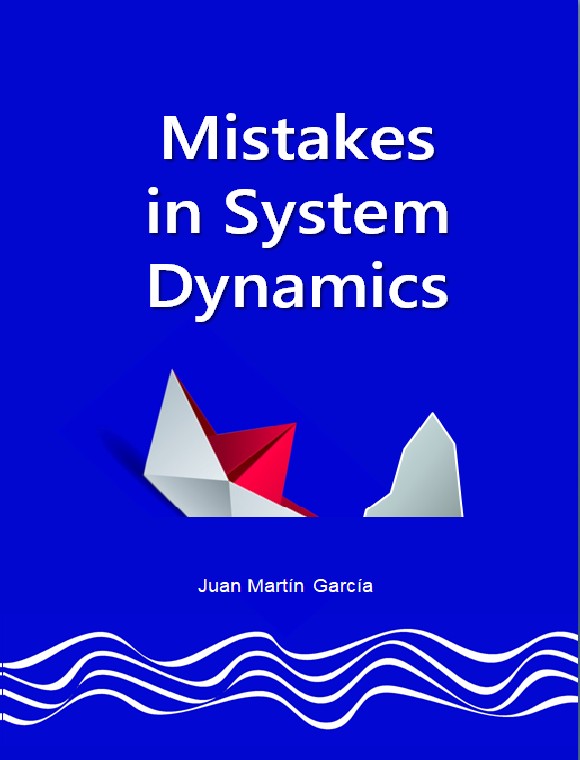Content
Paper 1. Modeling National Economies
The paper discuss the impact of economic connectedness upon the policies of sustainable finance in a two-country model, where is analyzed the relationship between economic growth and consumer debt from a financial and distribution-political perspective. The model shows that the higher the degree of free movement of goods, the more likely the two countries will, as in a Prisoners’ Dilemma, choose the policy of austerity.
Paper 2. Modeling Ecological-Economic Systems
The paper develops a dynamic ecological-economic model by integrating Input-Output (IO) with System Dynamics (SD) and develop and evaluate various scenarios using policy impact and policy sensitivity analyses. The model and analysis are applied to the degradation of fish nursery habitats by industrial harbors.
Paper 3. Teaching Economics with a Simulator
This paper describes a simulator that teaches students economics in terms of a familiar economic institution, the retail store. This enables students to understand the importance of feedback relationships in determining economic performance and viability of a business.
Paper 4. Modeling and Simulation the Financial Sector
This research adopts the system dynamics approach as the construction model for continuous improvement of service quality in the financial sector. The results would help banks achieve a competitive edge through allocating attention and resources efficiently among e-service quality dimensions that are more important from the customer’s perspective.
Paper 5. The Neoclassical Growth Modeled
Modelling of economic systems is traditionally associated with a mathematical formalism that has its drawbacks and limitations. This study applies system dynamics as a specific modelling technique that enables us to modify and elaborate existing economic models and improve them both from a theoretical perspective and for practical applications.
Paper 6. Social Security Funds Sustainability
This paper seeks from an impartial academic perspective to simulate the social security system including demographic and macroeconomic variables in order to determine the number of years that the Social Security Institute (IESS) can operate. Different policies were tested in order to get a correct path to funds sustainability.
Paper 7. A Two-region Model
The paper present a two-region model of economic growth and trade: the USA and the Rest of the World (ROW). The model contains three major reinforcing loops responsible for endogenous economic growth. It also outlines the mechanisms that explain the emergence of debt and its negative impact on economic development. The foreign trade describe the extent to which one economy has market access to another economy.
Paper 8. Simulation of S-shaped Growth
The paper shows the design of three different growth coefficients with table functions for three different flows: single peak symmetry, single peak asymmetry and multiple peaks. As practical examples a template is used to simulate petroleum peak curve, and another to predict an interesting scenario for Chinese capita CO2 emissions
Paper 9. Public Policies Decision Making
This paper proposes social simulation, using Agent Based Modelling and System Dynamics as alternative for ex ante and ex post evaluation of public policies, with an evaluation of each policy and the competitiveness between them, which could be understood as the ex ante evaluation and also to understand the environment in which they are applied.
Paper 10. Dynamic Balanced Scorecard
This paper discusses development of a “dynamic balanced scorecard” based on the system dynamics paradigm, which accounts for delayed feedback effects. The paper outlines the modelling of causal interactions within an organisation that impact on output quality.
Paper 11. A Case Study for Business Schools
This study develop a business simulation environment to help evaluate future businesses performance using system dynamics approach for entrepreneurship. Students see the simulation of their future businesses useful to check if the business will be profitable and cash breakeven.
Paper 12. FAO's Model for Policy Guidelines
The paper shows a qualitative framework model, based on the Food and Agriculture Organization of the United Nations (FAO)’s FSDS literature, has been developed by using Systems Thinking (ST) and System Dynamics (SD) approaches. These key areas are relevant to test new paths of cities-regions reconfiguration towards the transition to resilient agri-food systems.
Paper 13. Scenario Planning and Implementation Challenges
The paper show a practical experience and discuss key implementation challenges of a systems approach that combines System Dynamics, Scenario Planning and Qualitative Data Analysis in tackling a complex problem, showing the difficulties encountered in designing and planning the Scenario Planning workshop.
Paper 14. Sustainable Finance Through Ecotax
This paper examines the possibility of combining the efforts for socio-economic improvement and environment protection through an ecotax. The model and simulations demonstrate that both the rate of the ecotax and the use of the ecotax revenue matter. A properly imposed ecotax may contribute to the achievement of both inclusive green growth and sustainable finance.
Paper 15. Economic Valuation of Natural Resources
Using the Equity Accounts this paper define the most appropriate management of natural resources and habitat, involving the ecological, technological, economic, social, cultural and political issues. Equity accounts are calculations on the economic value of NR, both physically and monetarily. With the prior recognition that there is currently a great wastage and deterioration, should rethink ecosystems as a factory.
Paper 16. Impact of New Technologies on Employment
It is known there are two opposite positions in the academic world; the Tecno-Optimists and the Tecno-Pessimists, and this paper studies the effects of new technologies on employment, with priority AI with or without robots and/or drones; 3D/4D printing and Nanotechnology as the most important; followed by IoT; Autonomous driving; Blockchain; and Augmented reality.
Paper 17. Bass Diffusion Model
The Bass Diffusion Model (BDM) is one of the most successful models in marketing research in particular and management science in general. This paper illustrates the limitations of the BDM, using mobile diffusion as a context, showing that it does not follow an S-curve in some cases.







